
The main building, also housing the largest of the domes.
The original Stockholm Observatory opened in 1753. Situated on a tall hill in central Stockholm it was a leading scientific institution for almost two centuries. However by the early 20th century soot and light had become issues for the observations and plans for a new location began to take shape.
A new location was chosen – a tall hill in Saltsjöbaden, south east of the city. The location would offer far improved views due to the distance from town and clear weather in proximity to the sea. By 1931 the new observatory was opened.

The main building, also housing the largest of the domes.
A much more ambitious complex the new location featured no less than six domed structures containing an array of telescopes and other instruments. Confusingly both locations share the same name, but are referred to the old and new observatory respectively, or by location.
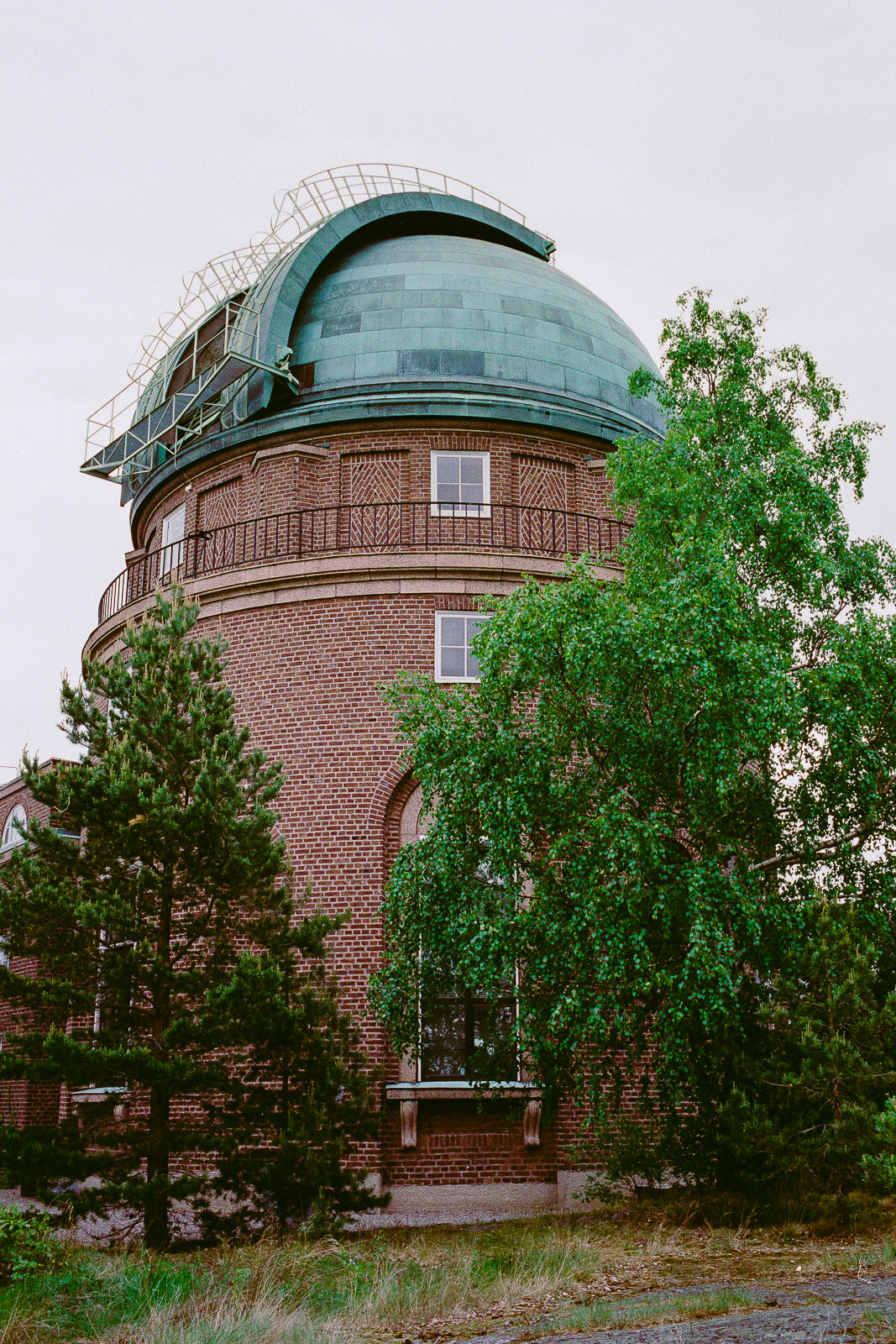

Unfortunately increasingly rapid developments in the astronomical world meant that the new observatory was outdated far faster than the old one. By 2001 most observations by Swedish scientists were being made abroad and the astronomical organization was transferred to other locations. Today the complex instead houses a school and an astronomical society.
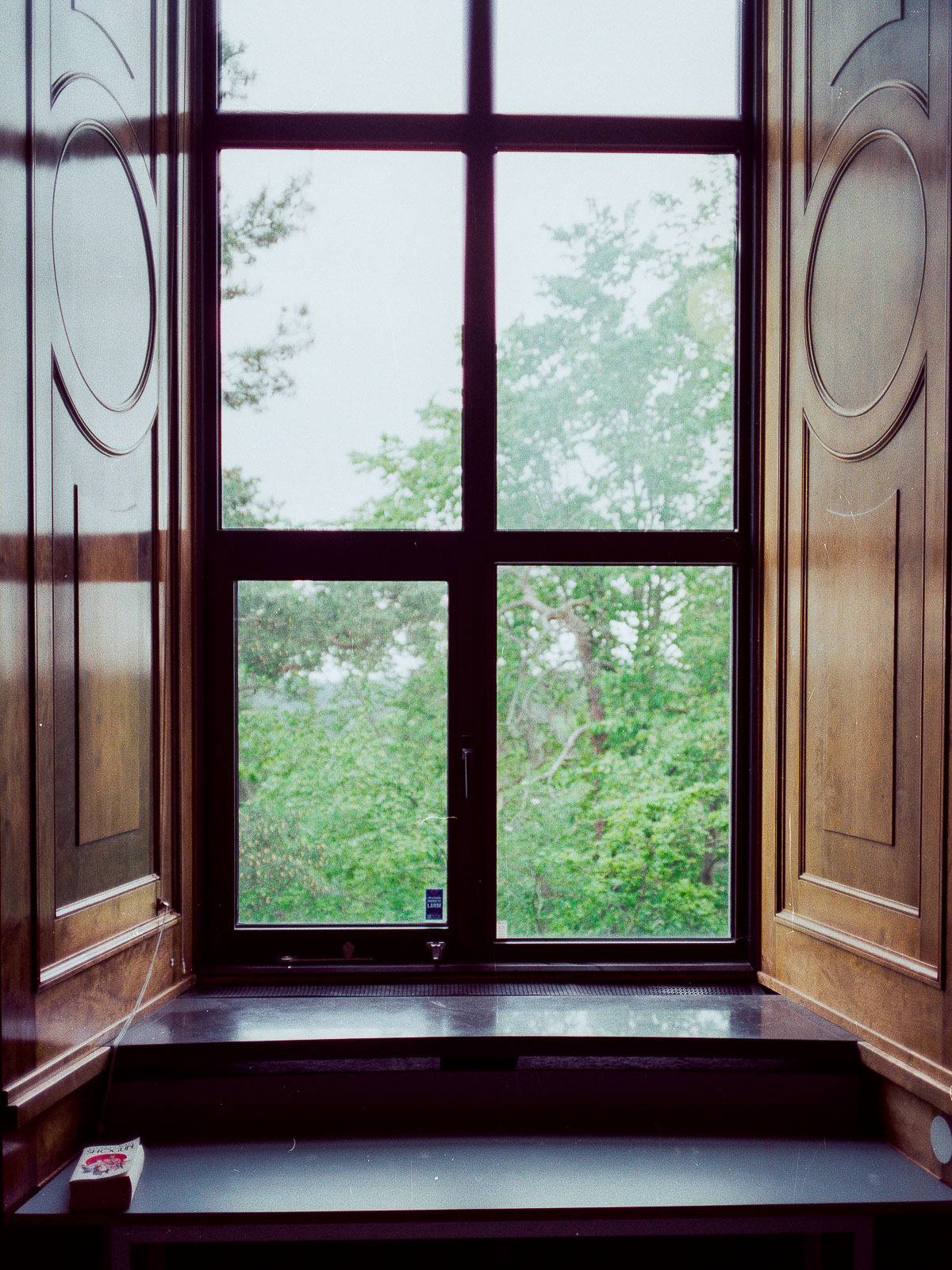
Windows in the library, just under the main dome.
The Observatory is closed to the public but for a single day in May it was made available for visits. The National Property Board Sweden, managing the observatory today, staged an open house and invited anyone curious to come. As I’m incredibly fascinated by space I knew I had to go.
It’s situated quite far from the city and getting there by public transit took almost an hour. The event was surprisingly well visited and borderline crowded. Nonetheless it was a fascinating visit. A truly beautiful location with very pretty architecture and a rich history. Plenty of staff sharing interesting tidbits about the history of the place, details on the telescopes and buildings made the visit informative as well.
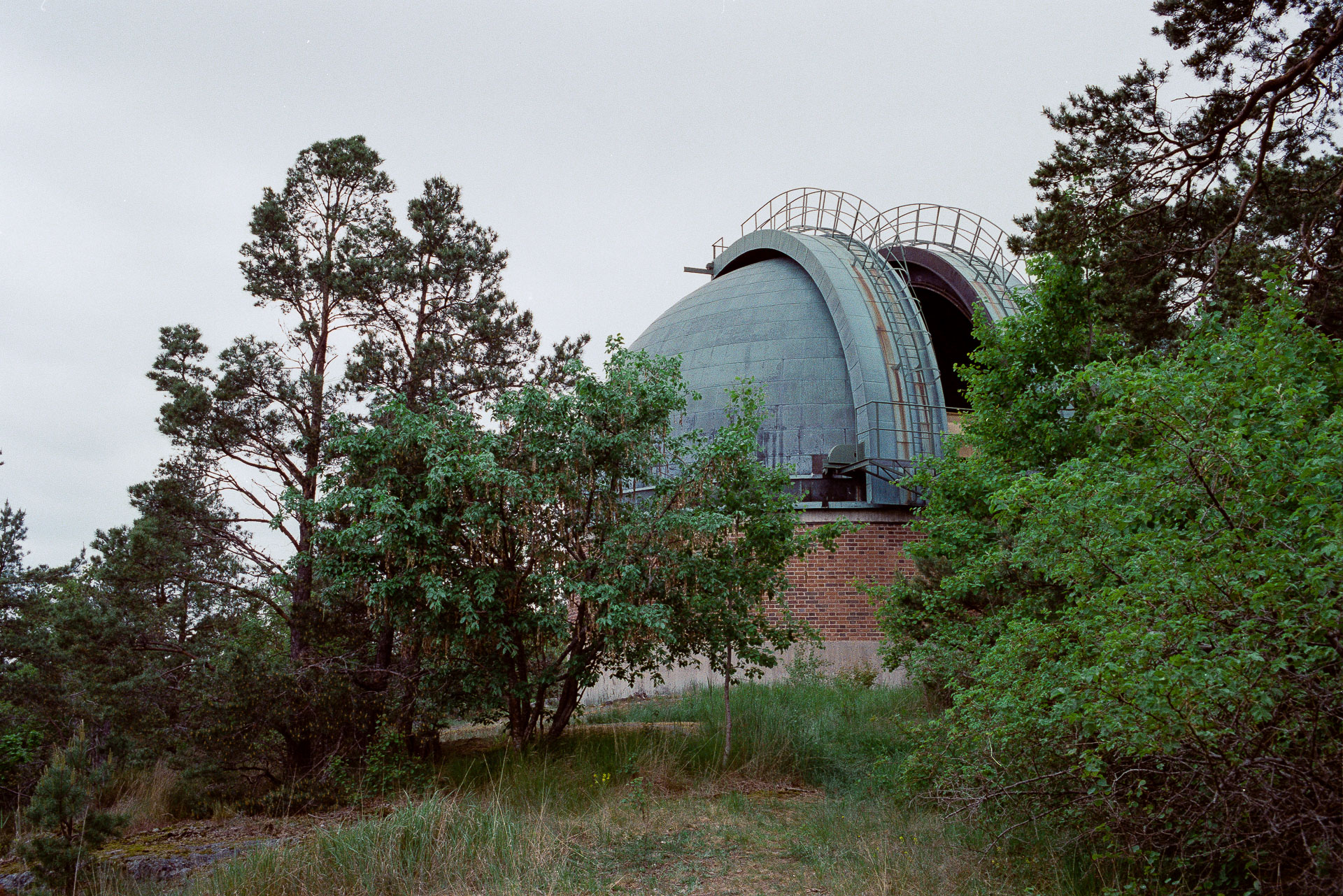

Something that struck me, but took me a while to figure out why, was that the place felt hollow. And I’m not referring to the physical nature of the buildings, but rather the metaphorical state – as if, despite all the people, the fantastic architecture and fascinating instruments, something was missing. Not until on my way home it struck me what it was – the star of the show if you will. Since the event was set during daytime the star filled sky was obstructed, the telescopes couldn’t fulfill their purpose, instead standing like monoliths of science, eyes shut.
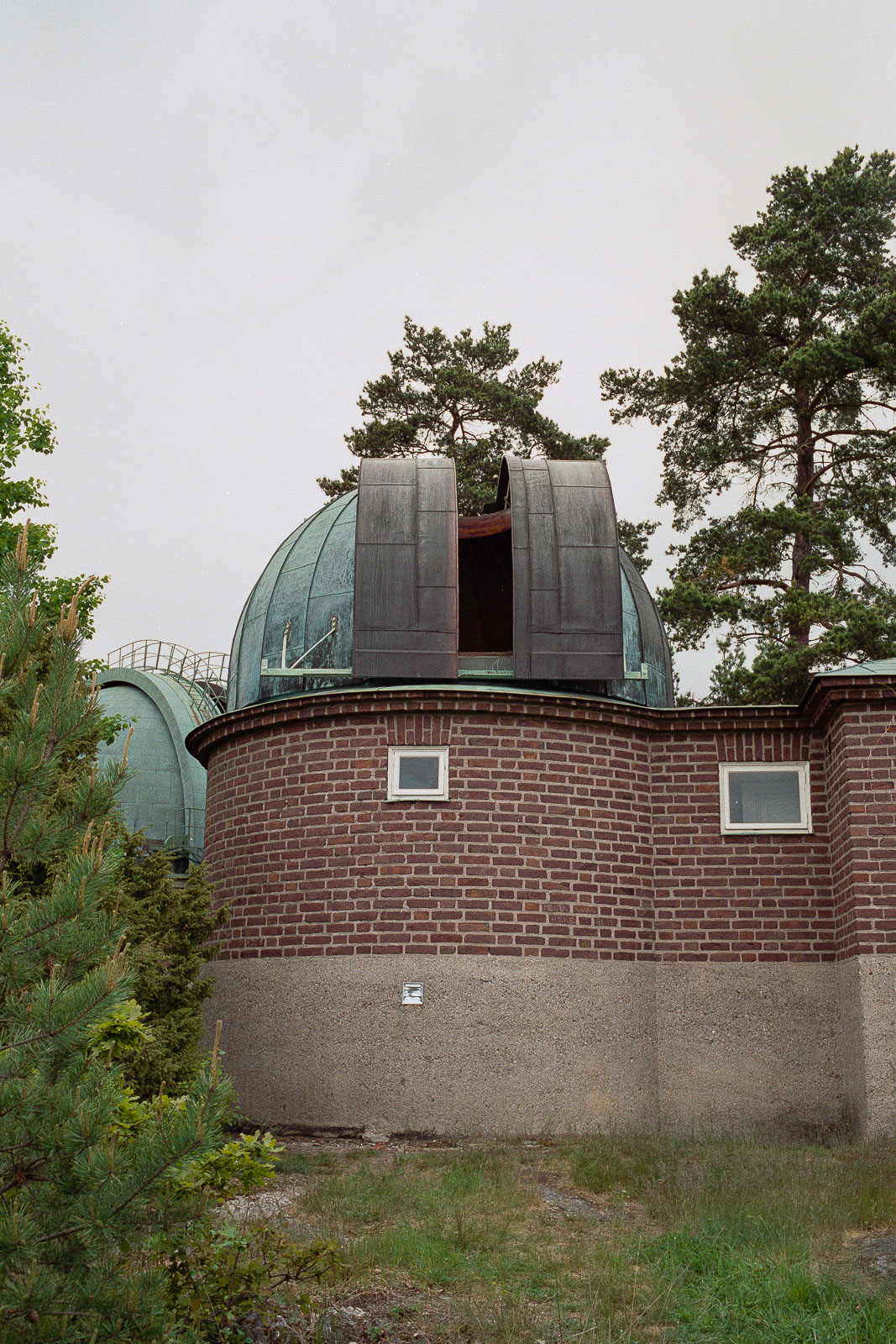
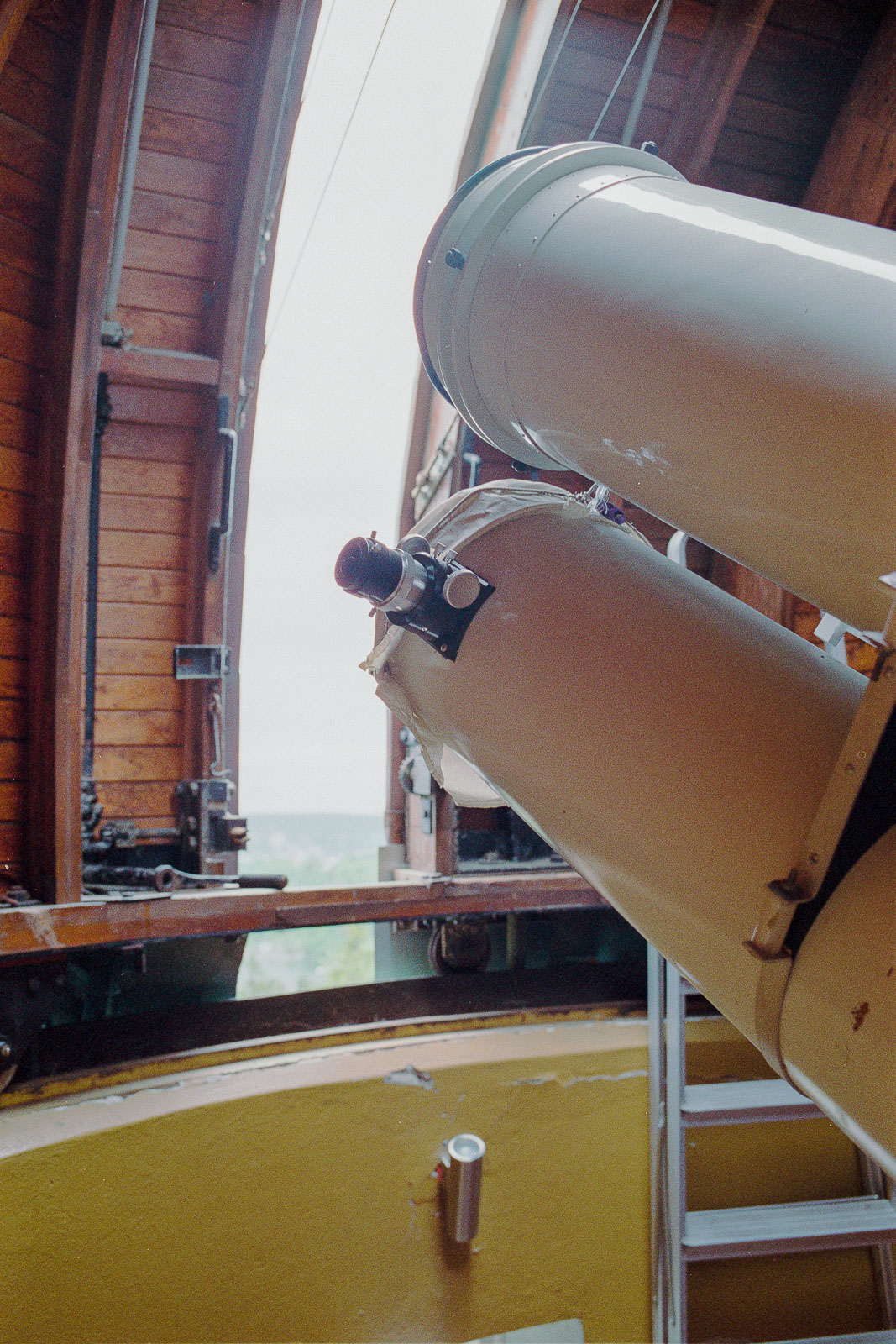
The exterior and interior of one of the smaller domes.
Still it was a fantastic place to visit. It was fascinating to see the innards of a place were scientific work becomes such a physical manifestation.
As for the gear I shot everything on the Leica M4-P using the Zeiss ZM 35/2 Biogon and Fujifilm Superia 400. In hindsight a wider lens might've been a better choice. It was surprisingly tight in the interior spaces making it tricky to find good compositions (though plenty wide compared to the telescopes where focal length is measured in meters rather than millimeters).
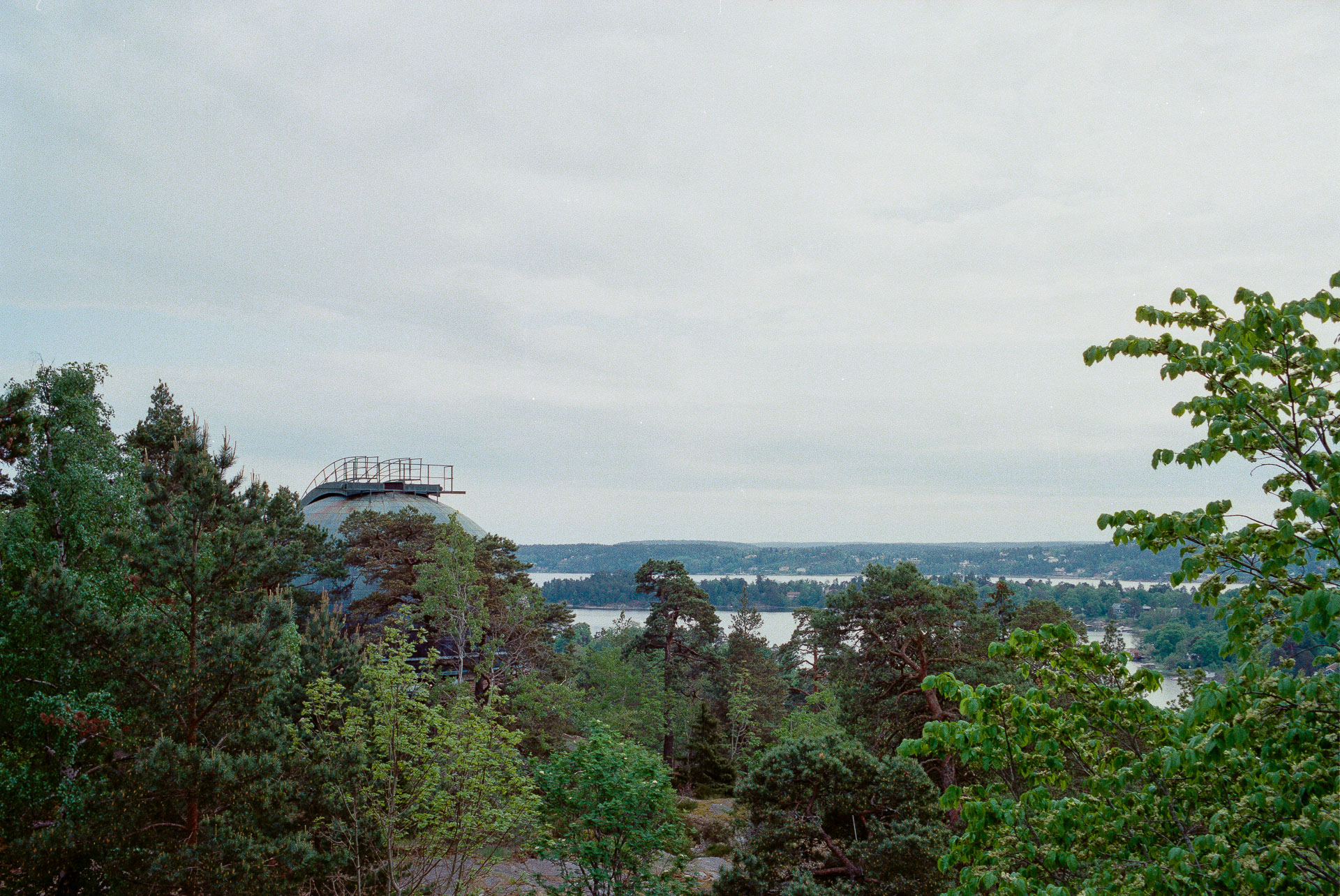
The Zeiss lens was a good compormise though, especially since it was excellent for capturing the exteriors and it definitely performed well. I’m not quite sold on how it renders wide open, but stopped down it’s up there with the best of lenses with excellent clarity and presence (another interesting note is that much of the equipment at the observatory was Zeiss made, including some of the actual domes – how’s that for legacy).

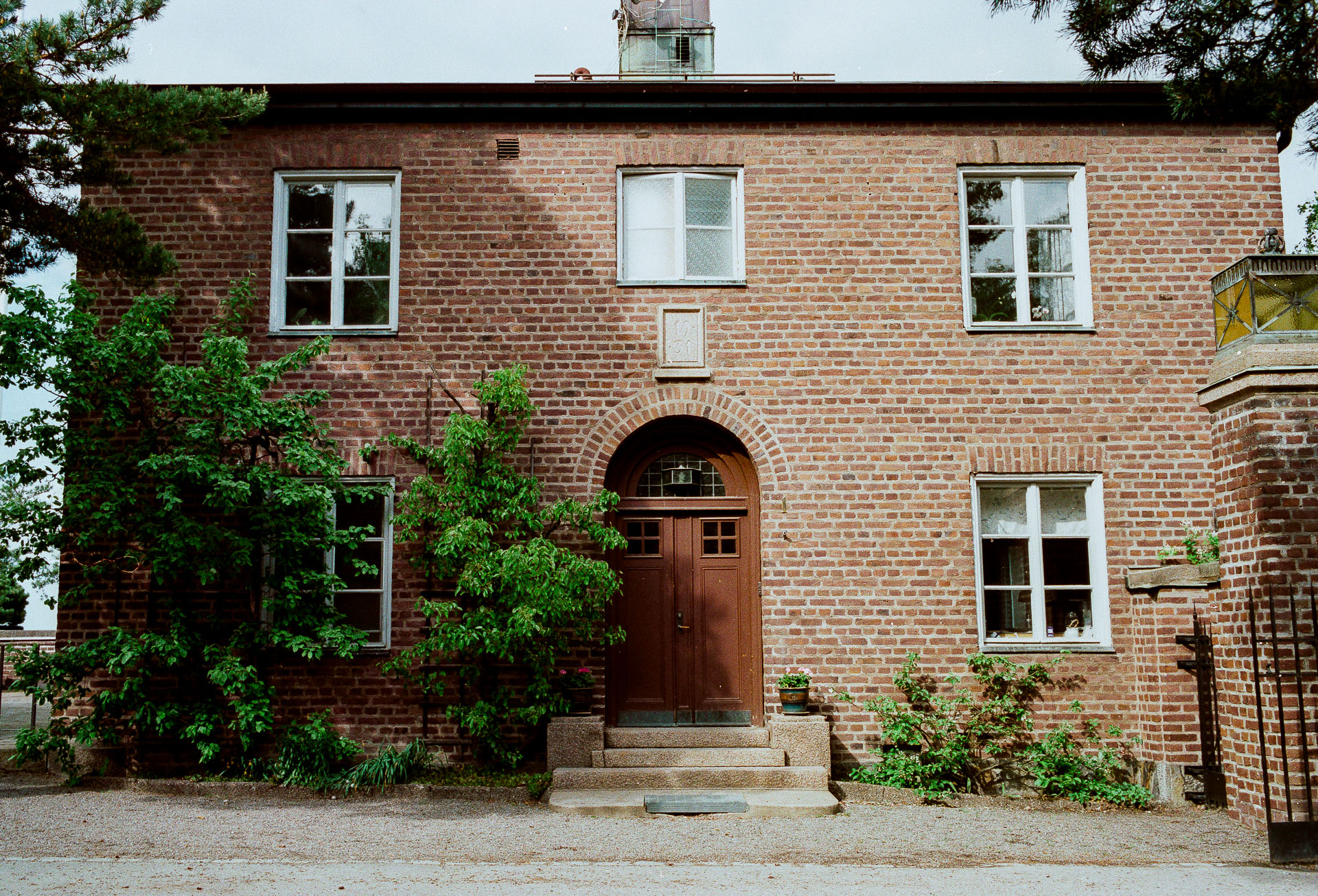
Some of the old offices and living quarters are today used as artists studios.
Everything was scanned on my 8200i. Colour consistency is a challenge scanning negative film. Even with a lot of fiddling some images still look off from each other.
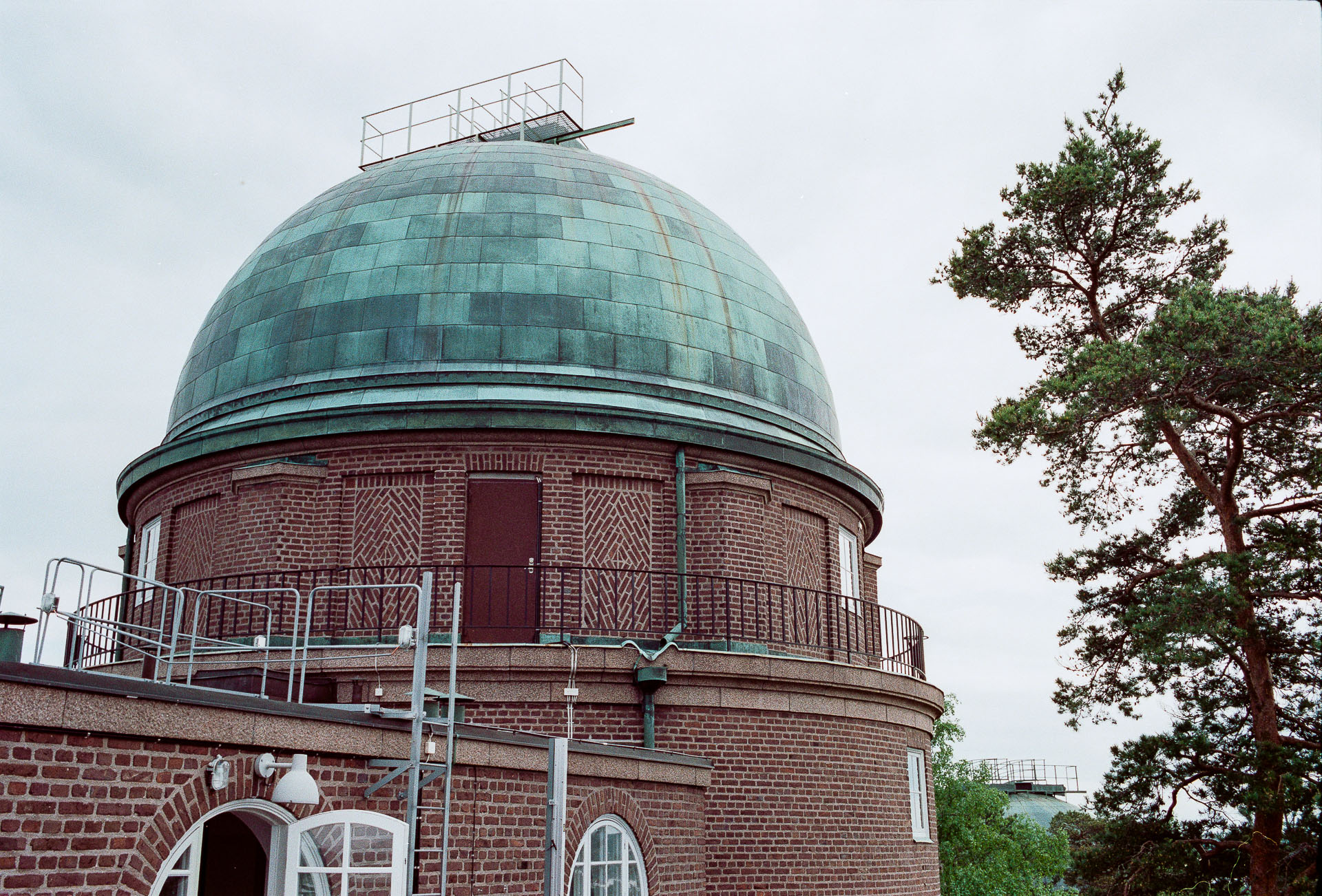
Overall I’m happy with the resulting images. To my eye I managed to capture a bit of the atmosphere and feel of the place. I´d love to go at night time though and get the chance to really experience the purpose of these magnificent installations.